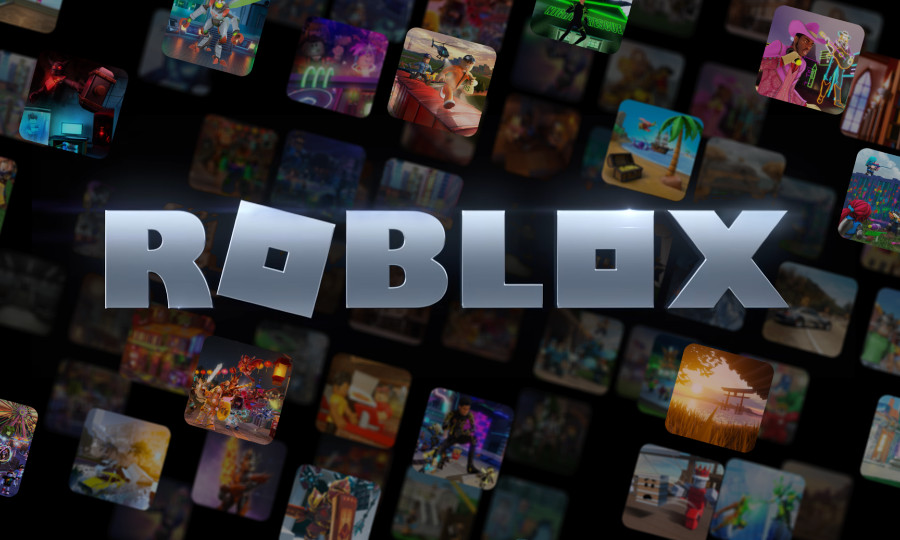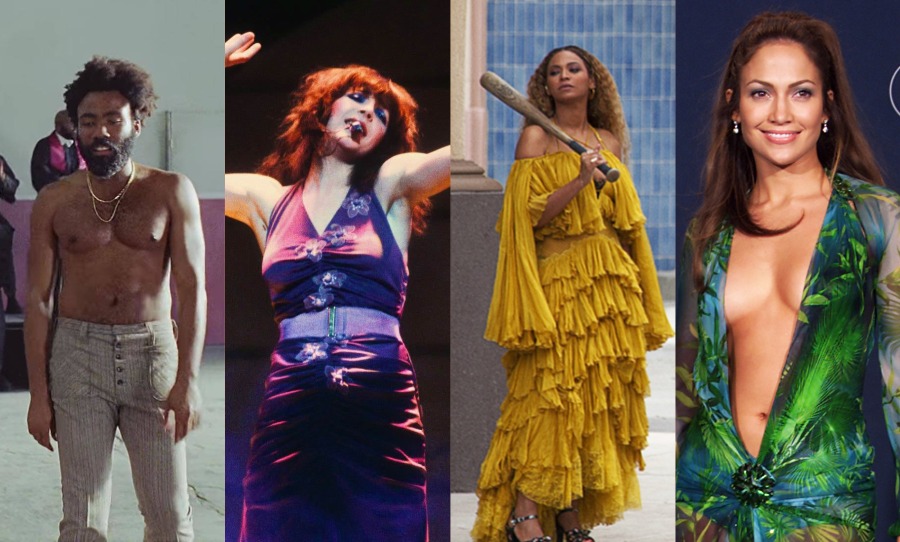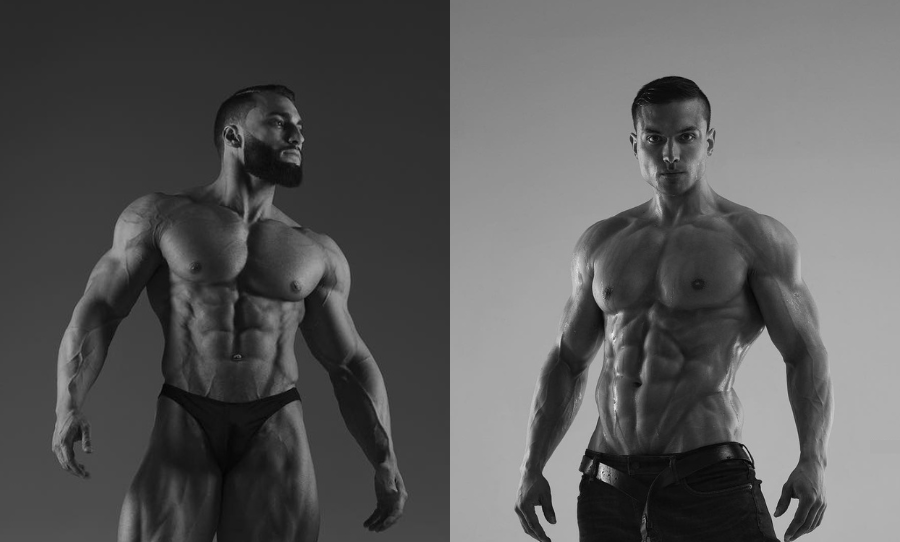As of yesterday, Roblox has decided to implement a Spatial Voice chat system for players 13 and over. I’ve got questions. Lots of them.
This new Spatial Voice feature will let players talk to one another in voice chat within “spatial voice experiences” on Roblox. As an opt-in feature, the game will now be letting those aged 13 and up switch this on once they visit their Settings page.
Only other users who have this feature enabled will be able to chat to one another, so long as the Roblox experience they’re using supports it. And before you ask, yes, there’s an age verification system implemented too.

Considering I’ve got a younger brother who plays this and is only eight years old, I wanted to give this process a try. See how easy it is to crack. When it comes to internet safety and gaming particularly, the protective older sister in me tends to jump out.
To enable this feature, you’ve got to verify your age first. Found under Settings in the Account Info tab, right underneath your birthday should be the ‘Verify My Age’ button. What follows is a simple popup for desktops and a QR code that you’ll need to scan with a mobile.
Once scanned, it’ll take you to its verification process page where it tells you what’s coming next.
#Roblox has finally released Spacial Voice (Voice Chat) for all users that are 13+! Read my reply for more information. (Credits for the image: @Roblox_RTC) pic.twitter.com/abRXcOpgku
— Roblox Updates (@RBX_Updates) November 9, 2021
This is where I start to feel conflicted. Roblox requires users 13 and above to have a Driver’s License, Passport, ID Card, or Residence Permit ready to upload to their system for verification. On top of that, you’ll need to be “in a well-lit room” and “prepared to take a selfie and photos of your ID”.
Uh. No thanks? I don’t know about you, but I’m not exactly the most trusting when it comes to just posting my personal details online – let alone giving them to a company to possibly hang onto.
Security breaches happen all the time, and I’m not one to take chances with identity theft of some kind.
The power of design: strong art direction, good sound design, and smooth controls can turn a real-world chore into an engrossing virtual experience. https://t.co/M022yI5IEb
— Roblox (@Roblox) November 3, 2021
I commend Roblox for using a system that’s way more secure than I actually expected it to be. I vividly recall the days of breezing through account creation for games I should not have been playing at age 14. But I’m also not entirely certain that this is the way to go either. Not if this data’s going to be stored anywhere, that is.
Since I’m too queasy about actually finishing this process, the Age ID Verification how-to page tells me what goes on from there. After snapping a shot of your ID, Roblox will apparently “intelligently detect what type of document you have” and if you’ve got a barcode, you’ll need to photograph that too.
After that, you’ll be “asked to capture a selfie” which is obviously meant to verify you’re the same person on the document. Then all you have to do is wait for verification.
Considering how lengthy this process is, I admit it’s fairly safe from my eight-year-old brother. Who, admittedly, thinks he’s been “hacked” after I secretly added a PIN to his Xbox.
To see if an experience has Spatial Voice Enabled, check to see if "Yes" is shown under "Voice Enabled" below the Description.
A Discover sort will also be added soon to make it easier to find experiences with Spatial Voice enabled. pic.twitter.com/8nJGHcYrrY
— Bloxy News (@Bloxy_News) November 8, 2021
The unanswered questions
It’s pretty safe to say that this new feature won’t be abused by the younger kids running about in the game. Sure, a 13-year-old won’t have much trouble following these steps for themselves if they’re sneaky enough and don’t want to ask their parents. Who doesn’t have a selfie on their phone these days?
Yet I can’t help but wonder two things; what happens to this information once it’s submitted, and does Roblox even need a voice chat service? There are already others like Discord, for those who really want to run around in Roblox and chat with their best buds.
But somehow, someway, there’s going to be kids who can get around this system. Where there’s a will, there’s a way.
The old school toxic Call of Duty lobbies are back and I couldn’t be happier. 😂
— Carter Kuchel (@carter_kuchel) November 7, 2021
So throw that into the mix with potential predators online and my stomach turns. Then there’s the bullying aspect that features like this can enable. Kids tend to latch onto swear words fast and if they come across some, good luck getting them to stop.
Beyond just that, I question how teens will deal with verbal bullying. If they already endure it at school and now in a game they’re meant to enjoy, there’s no doubt it’ll impact their mental health. Then there’s the question of whether this will impact their developing online etiquette too.
"League of Legends is a good game but the community is toxic."
Meanwhile Smash community, World of Warcraft community, Call of Duty community, and Fortnite community be like… pic.twitter.com/8HXbYYD6L1— Punish Hook Suicides DbD 🐀 (@TigerKirby215) November 8, 2021
Toxicity in online gaming is already a problem, but subjecting the next generation of gamers to it too soon sounds like a recipe for disaster.
At the end of the day, I can’t be too mad with Roblox‘s implementation of the Spatial Voice feature. Again, it seems fairly secure to me. But there’s definitely risks associated with it, and a lot of considerations for kids gaming in general.


